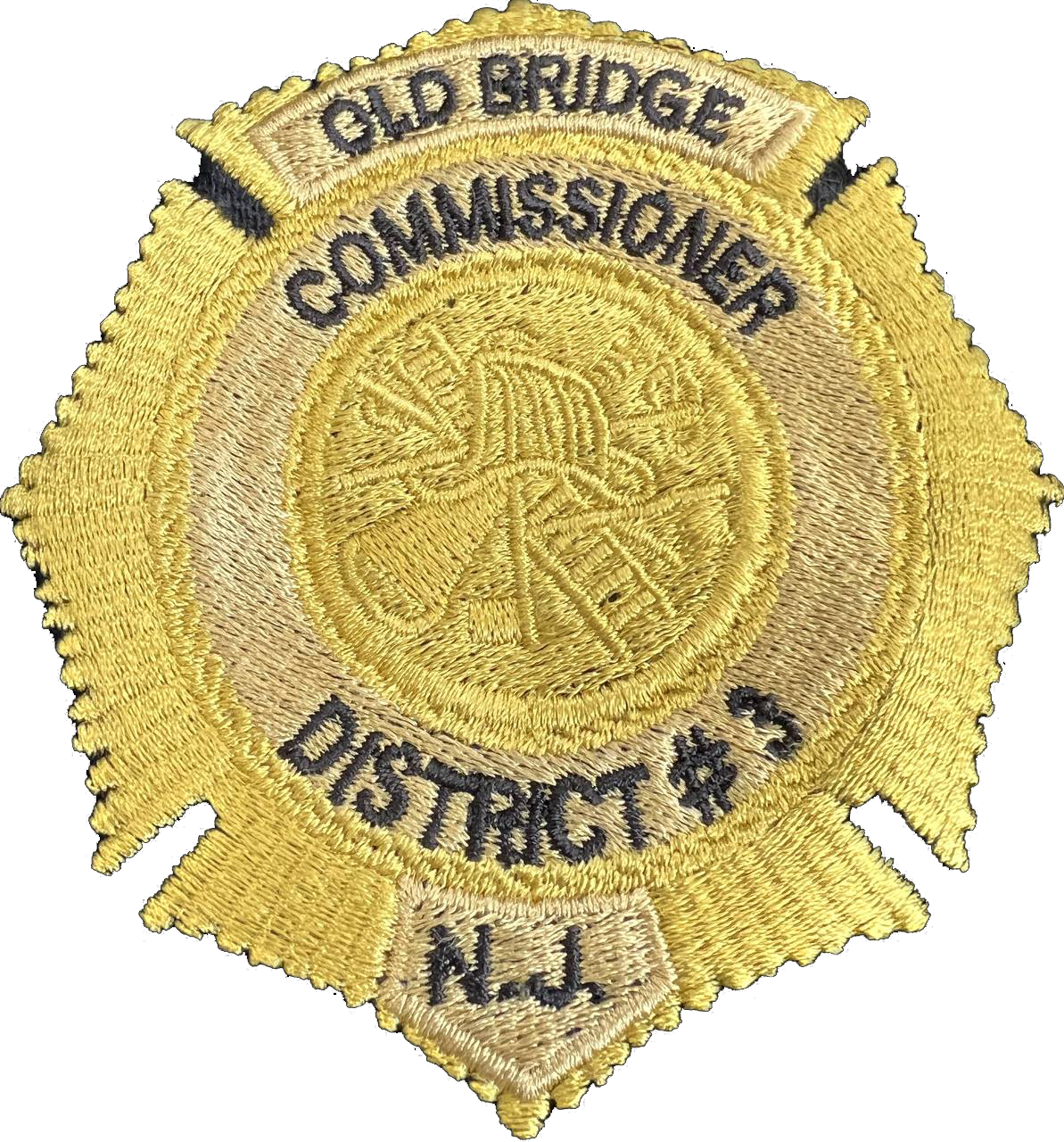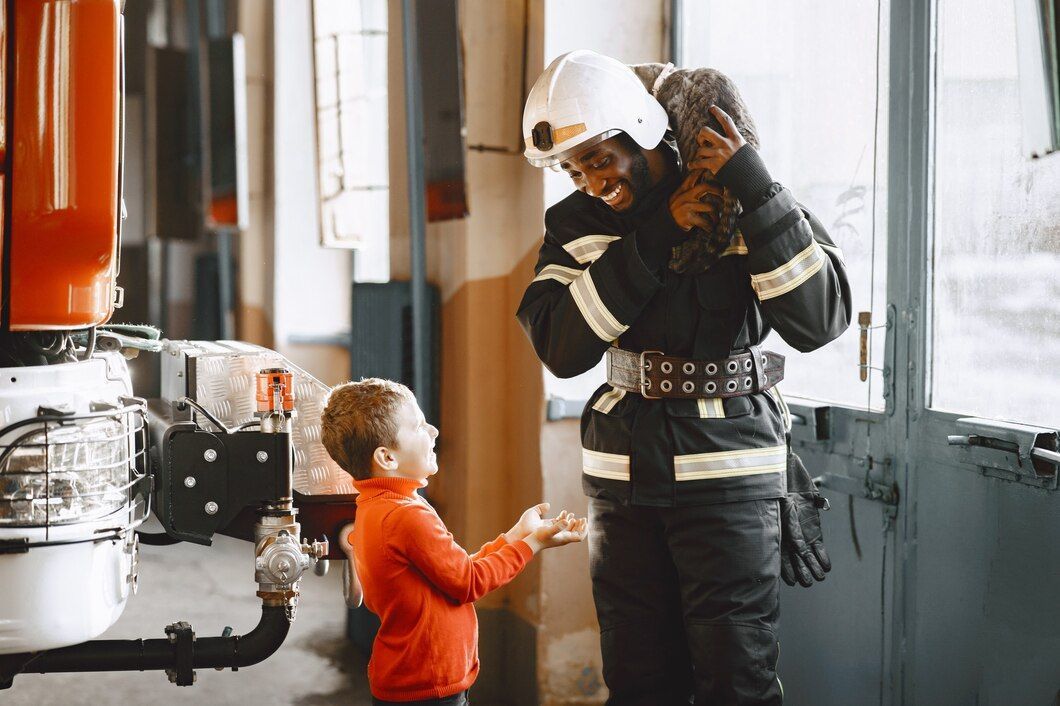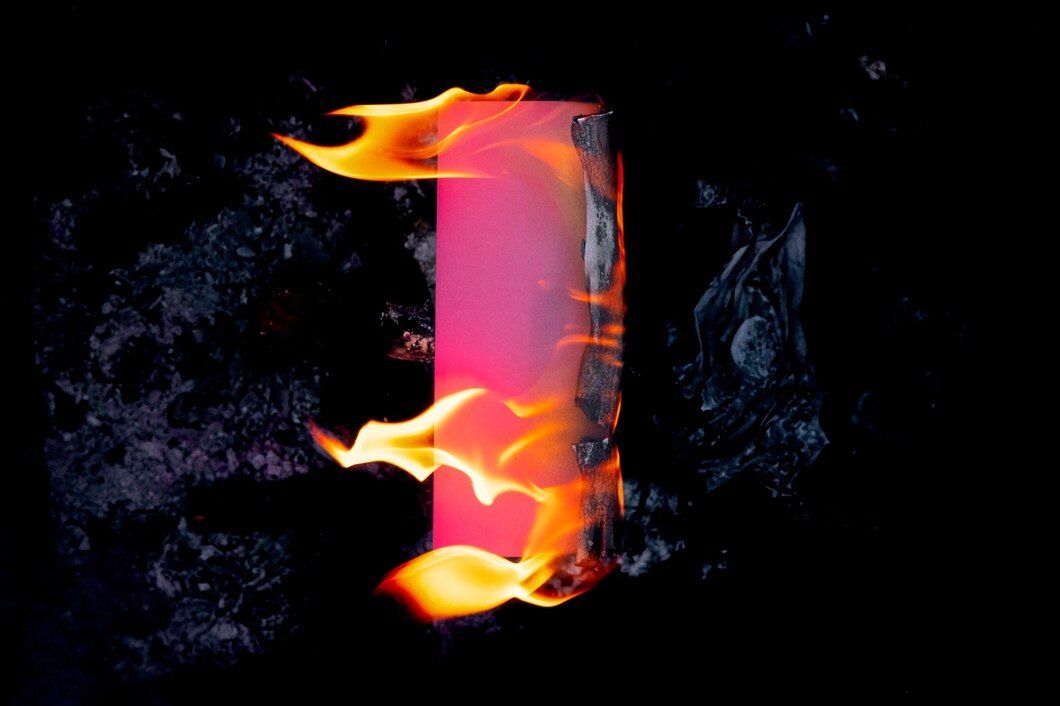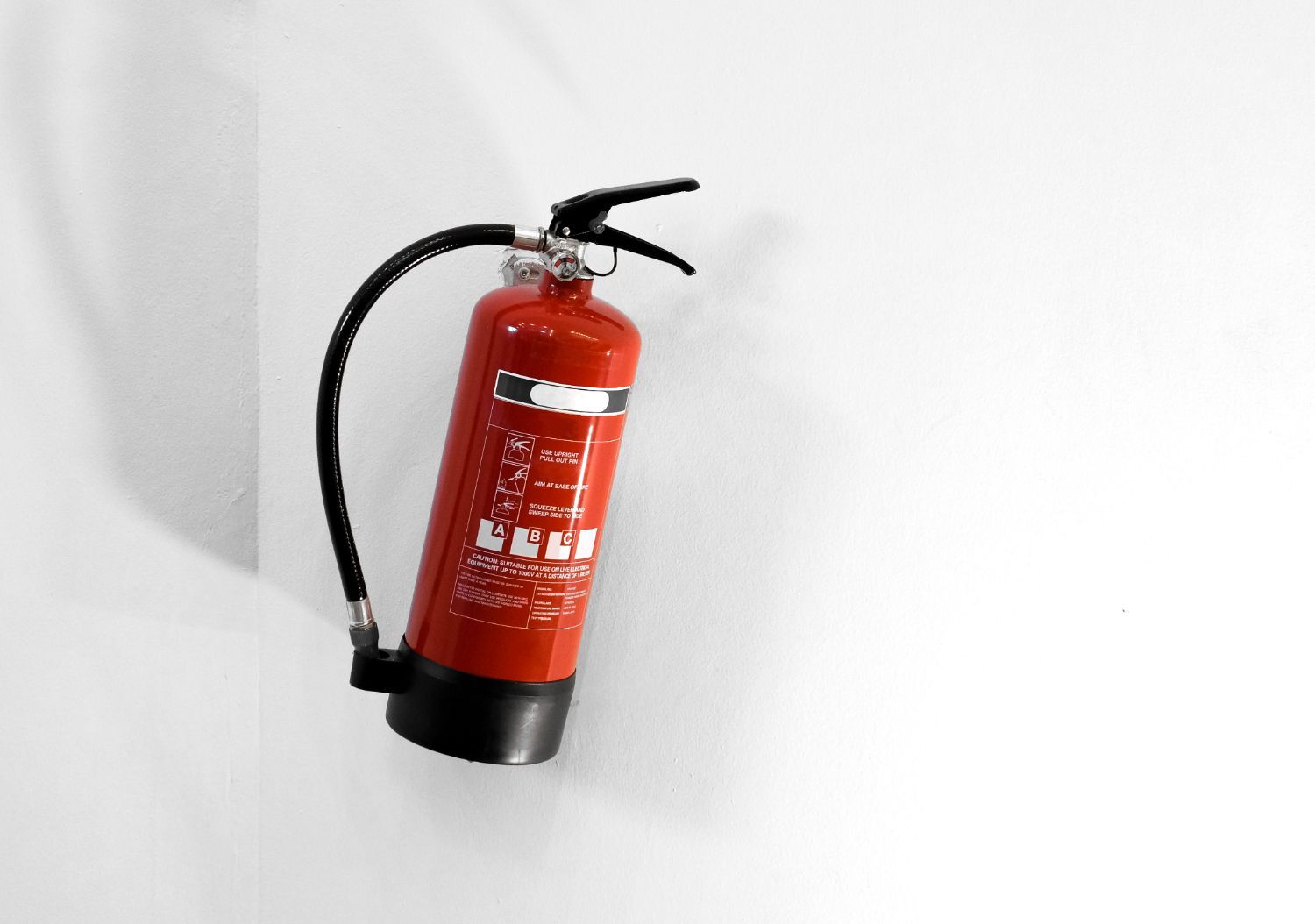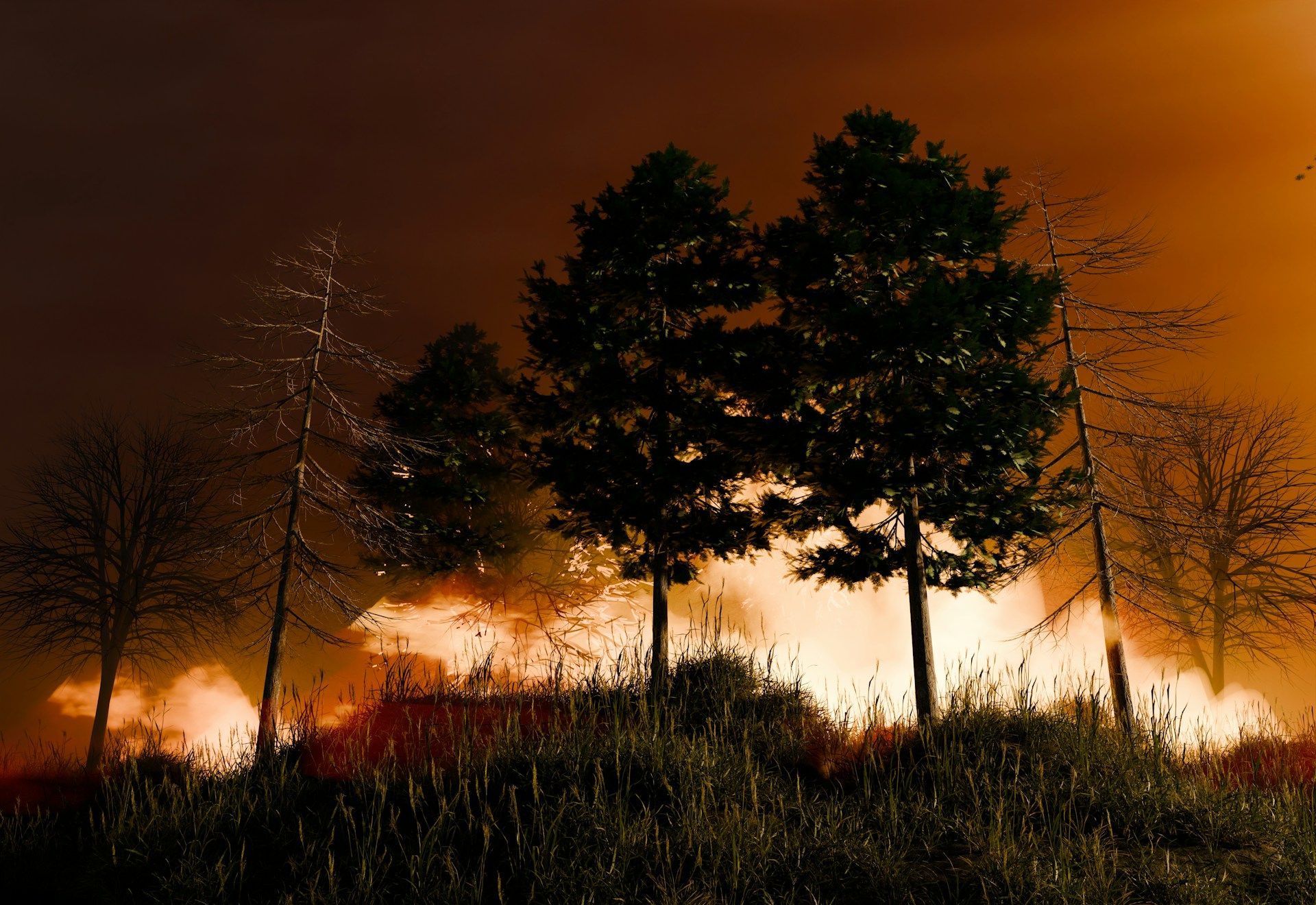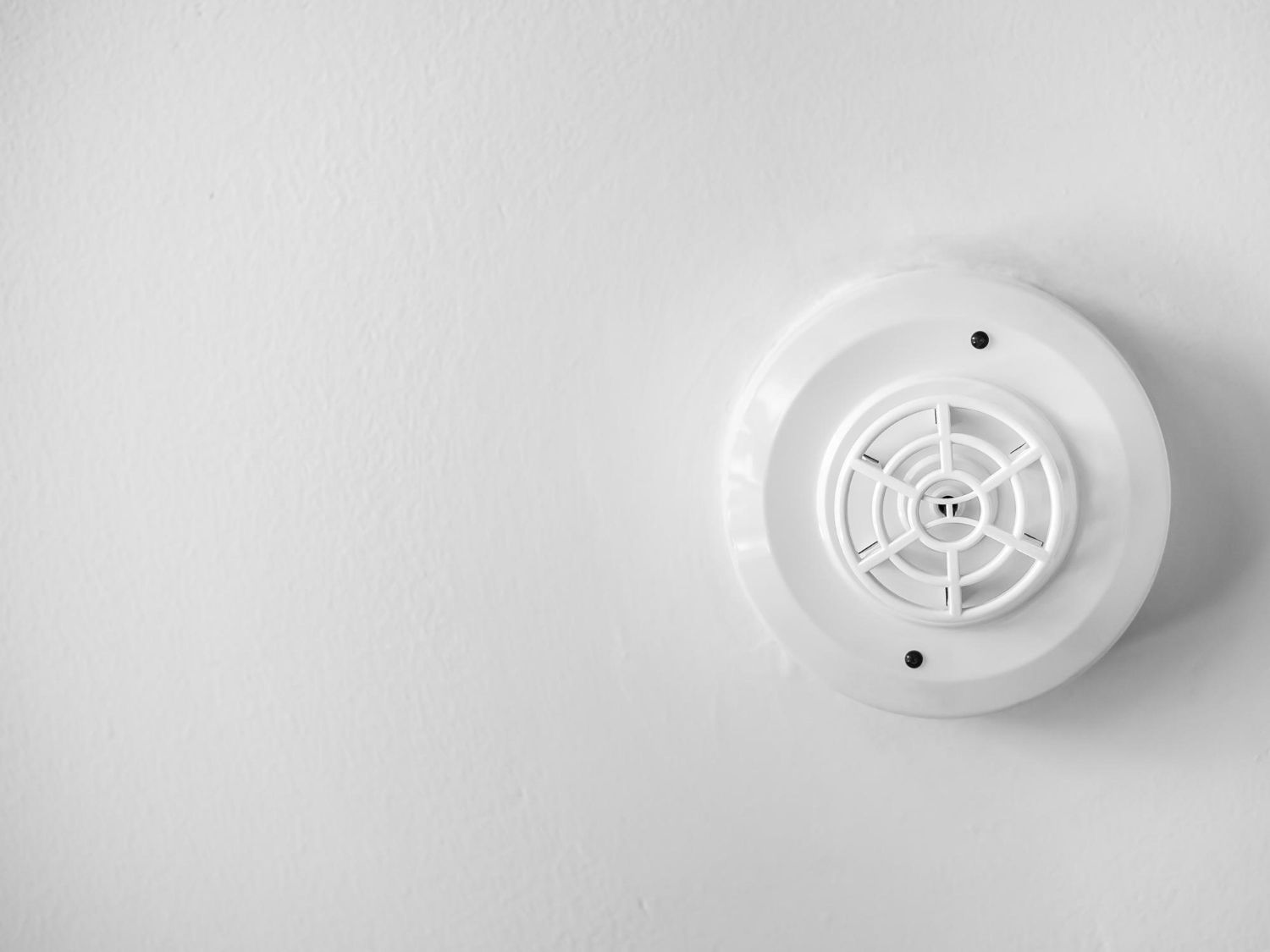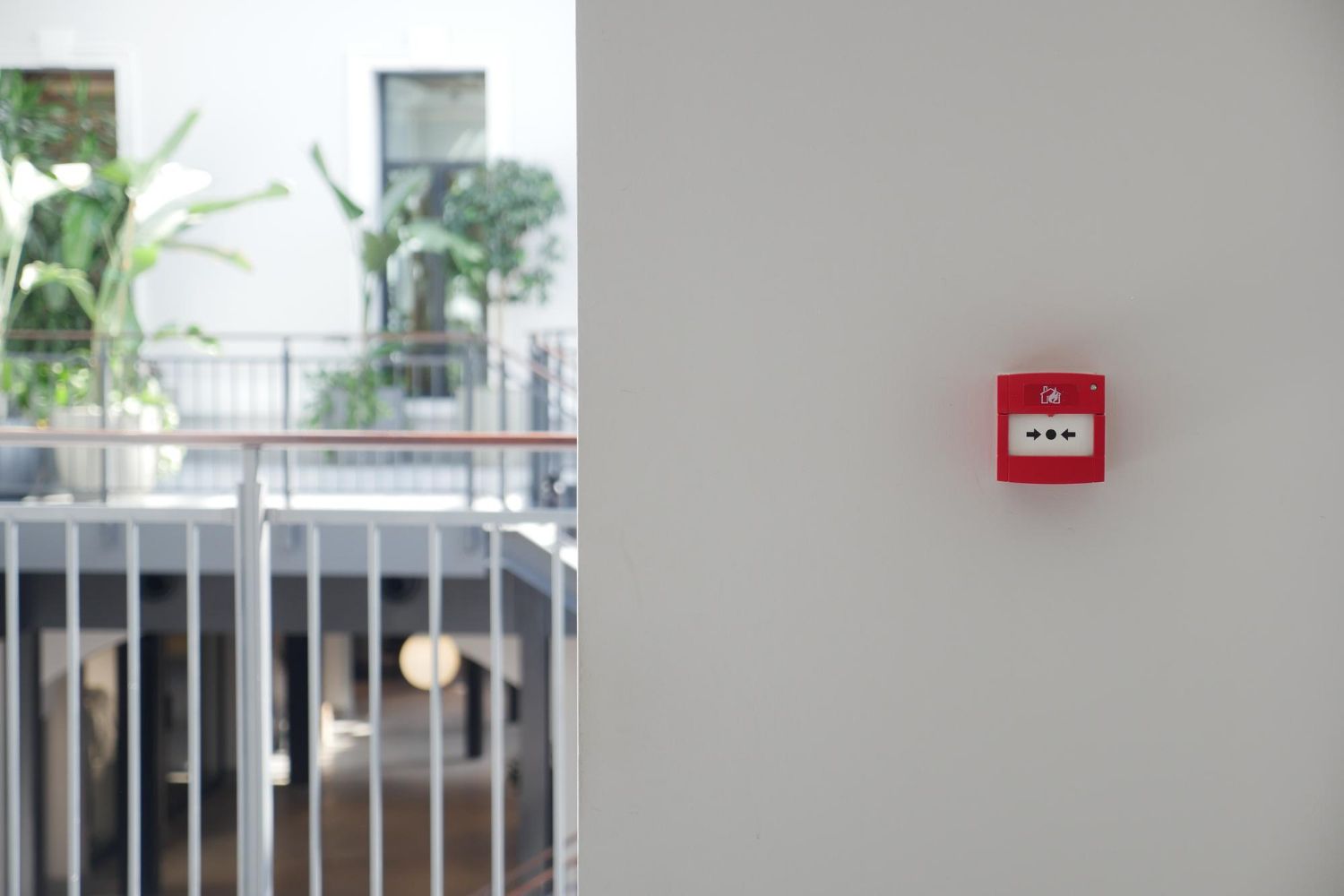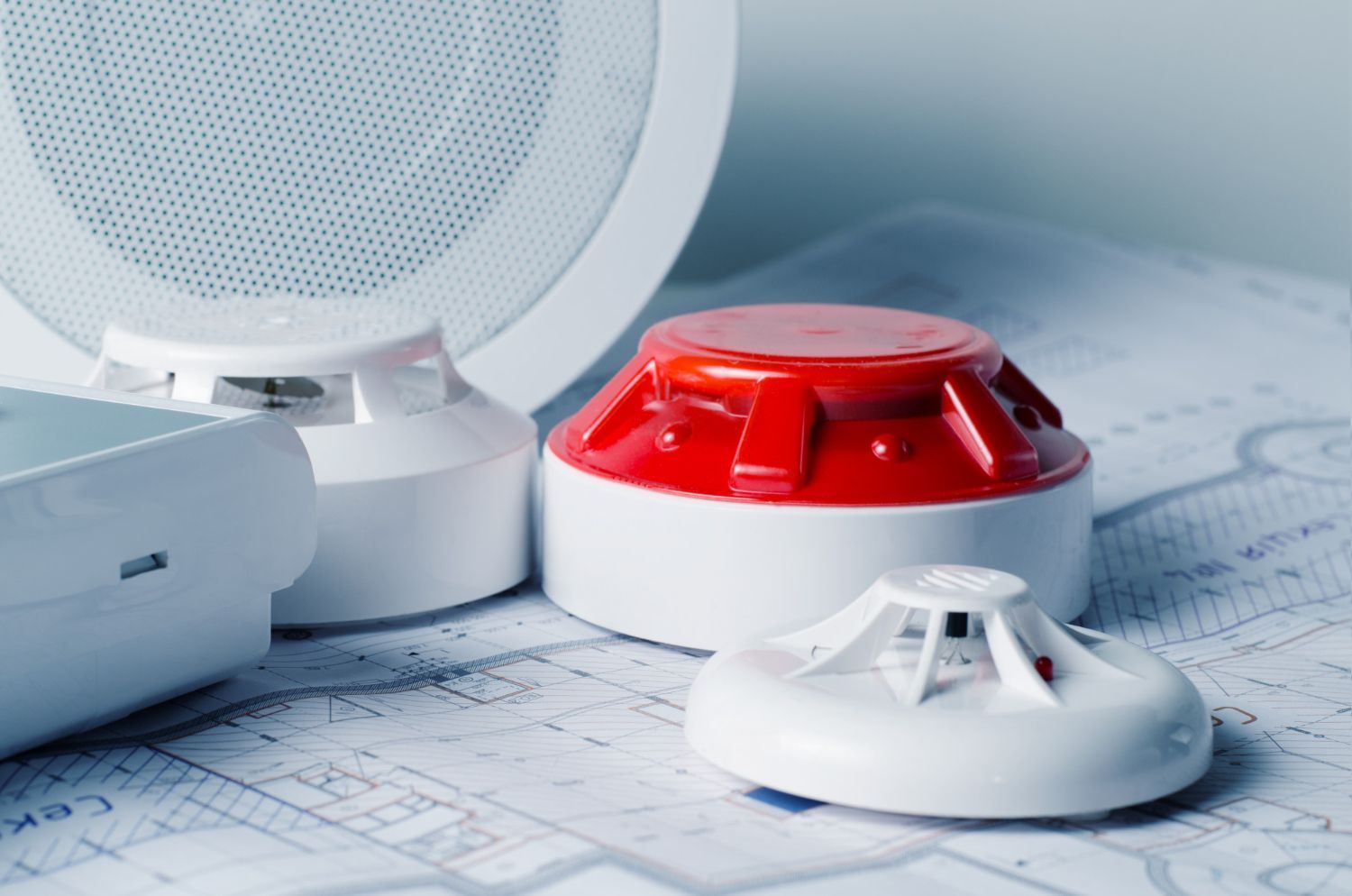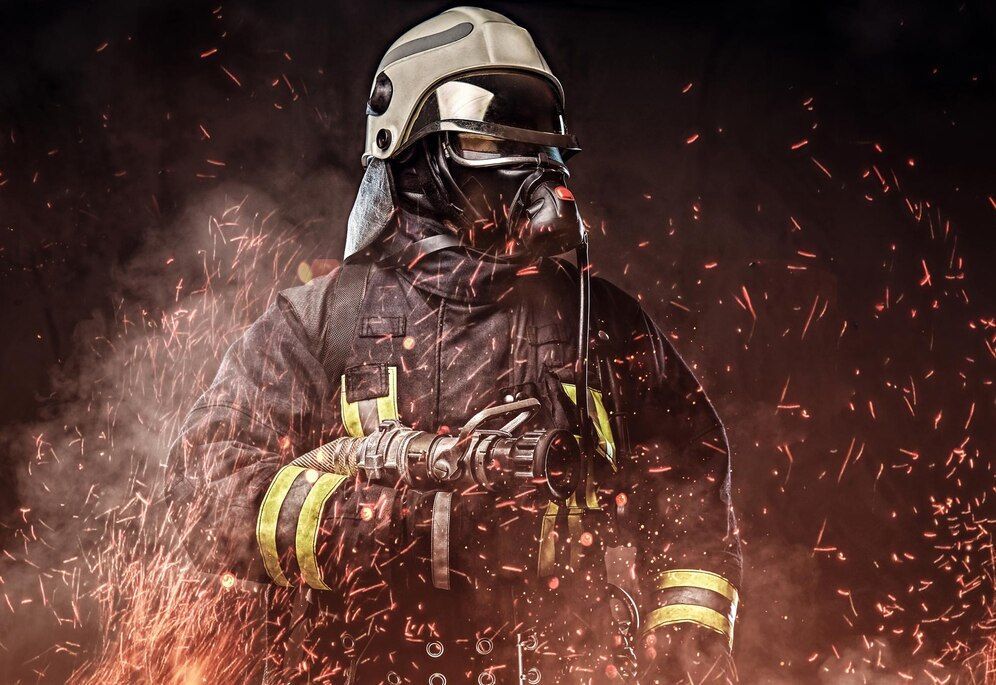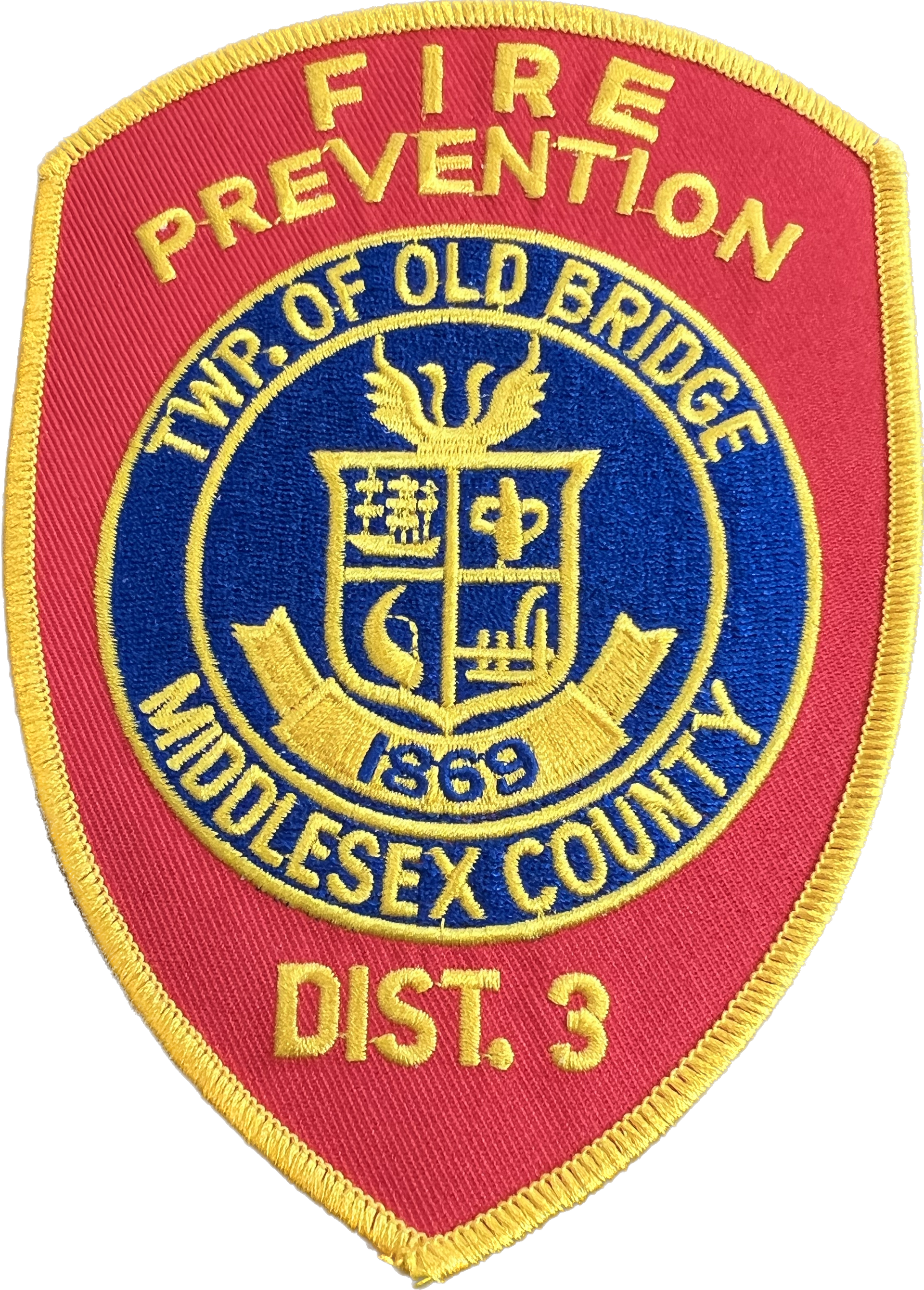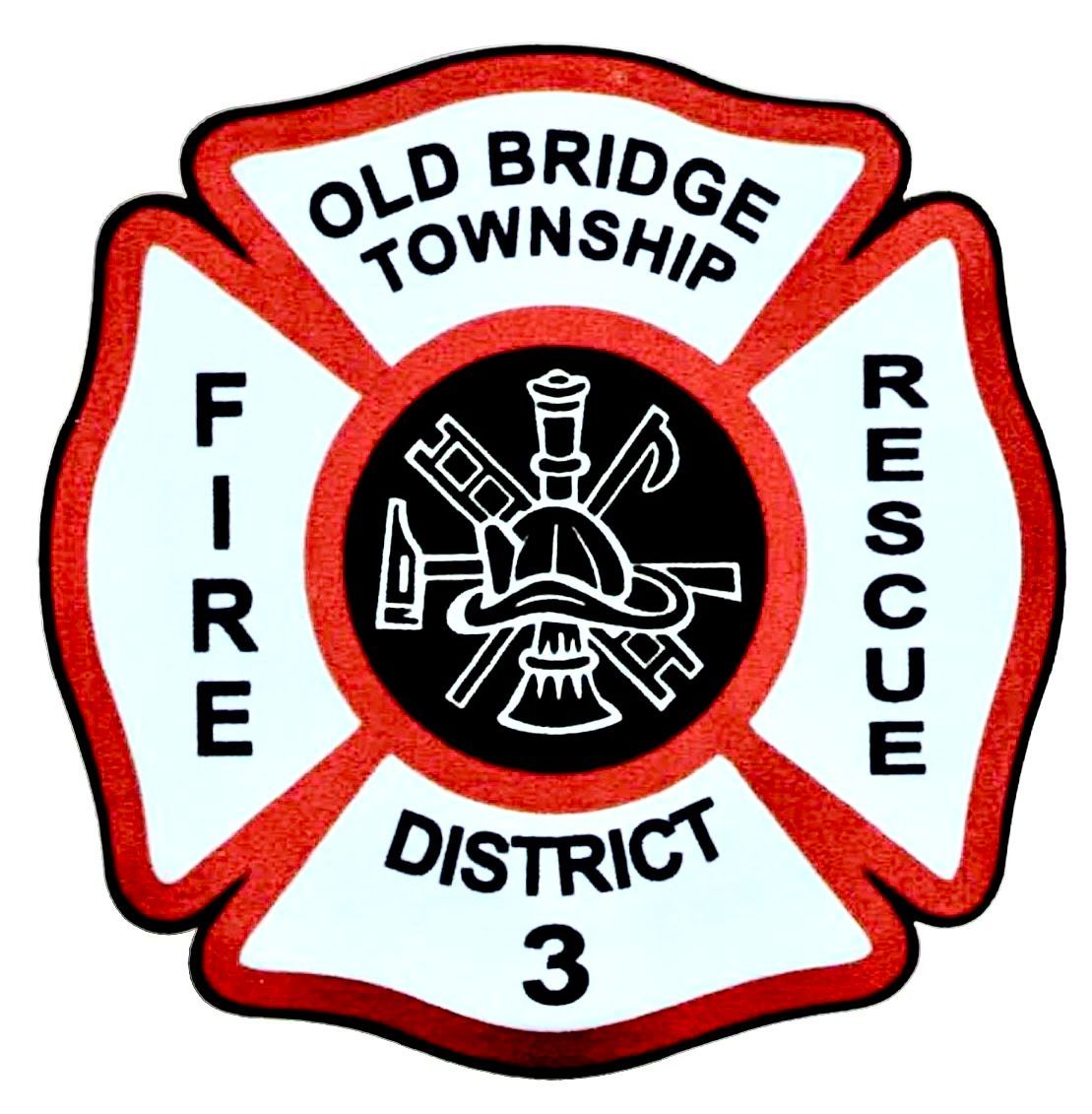Carbon Monoxide Safety in Fire District 3: Preventing and Responding to the Silent Killer
At the Board of Fire Commissioners, Fire District 3, Township of Old Bridge, our commitment to providing the highest quality of fire protection services entails more than just responding to incidents and enforcing fire codes. We also prioritize public education, empowering our residents with the knowledge and tools needed to protect themselves and their properties from potential hazards. One such hazard that demands our attention is carbon monoxide (CO) poisoning – a silent but deadly threat that can cause severe harm or even be fatal if not properly managed.
In this blog post, we will explore the importance of carbon monoxide safety in the Board of Fire Commissioners, Fire District 3, Township of Old Bridge, providing valuable information and tips on how to prevent CO poisoning, detect leaks, and safeguard your home and family. By understanding the sources of CO and the symptoms of CO poisoning, installing and maintaining CO detectors, and adopting preventive measures, we can help mitigate the risks associated with this highly dangerous gas.
Understanding Carbon Monoxide: The Invisible Threat
Before diving into prevention strategies, it's crucial to have a basic understanding of carbon monoxide. CO is a colorless, odorless, and tasteless gas produced from the incomplete combustion of fossil fuels, such as gasoline, kerosene, natural gas, oil, charcoal, and wood. Due to its elusive nature, CO is challenging to detect without the assistance of specialized detectors.
Exposure to CO at high levels can lead to symptoms such as headaches, dizziness, fatigue, nausea, and confusion, followed by unconsciousness and possibly death. Early recognition of these symptoms and prompt action can be the key to avoiding severe consequences.
Sources of Carbon Monoxide and Preventative Measures
Understanding common household sources of carbon monoxide can help you identify potential risks and implement effective preventive measures:
1. Furnaces and water heaters: Have fuel-burning appliances inspected and maintained annually by qualified technicians to ensure proper functioning and ventilation.
2. Gas stoves and ovens: Never use gas stoves or ovens for heating purposes, and ensure proper ventilation when utilizing these appliances.
3. Fireplaces and wood stoves: Clean and inspect chimneys and vents annually, and keep flues open and clear of debris when using fireplaces or wood stoves.
4. Generators and engines: Never run generators or fuel-powered engines indoors or in enclosed spaces, as CO can accumulate rapidly. Operate these devices outdoors and away from windows, doors, and vents.
5. Charcoal grills: Do not use charcoal grills indoors or inside vehicles, tents, or campers, as they can produce dangerous levels of CO.
Carbon Monoxide Detectors: Your First Line of Defense
Installing carbon monoxide detectors is an essential step in protecting your home and family from the dangers of CO poisoning. Consider the following when selecting and installing CO detectors:
1. Placement:
Install CO detectors on every level of your home and near sleeping areas, ensuring they are at least 15 feet away from fuel-burning appliances to prevent false alarms.
2. Interconnectivity: Choose detectors that can be interconnected throughout your home, ensuring that if one detector senses CO, all detectors will sound the alarm.
3. Testing and maintenance: Test your CO alarms monthly and change batteries as recommended by the manufacturer or at least once a year. Replace detectors in accordance with the manufacturer's instructions, typically every seven years.
Responding to a Carbon Monoxide Alarm: Taking Action to Ensure Safety
When a CO alarm sounds, it is essential to act quickly and calmly to ensure the safety of everyone in the household. Follow these steps in case of a carbon monoxide alarm:
1. Evacuate:
Immediately evacuate all occupants, including pets, from the home and proceed to a designated meeting point outdoors.
2. Call 911: Once outside and at a safe distance, call 911 to report the alarm and request assistance.
3. Ventilate: Open doors and windows to allow fresh air to enter the home and help dissipate the CO.
4. Do not re-enter: Refrain from re-entering the home until firefighters or a qualified technician has assessed the situation and deemed it safe to return.
Educating Your Family and Community: Spreading Awareness
Educating family members and your community about the dangers of carbon monoxide and the necessary preventative measures is crucial to fostering a safe environment. Share information about CO safety during community gatherings, school events, or through social media to raise awareness. Encouraging open dialogues about carbon monoxide can inspire others to take precautions and contribute to a community culture of safety.
Conclusion: Embracing Carbon Monoxide Safety in Board of Fire Commissioners, Fire District 3, Township of Old Bridge
As members of the Board of Fire Commissioners, Fire District 3, Township of Old Bridge, it is our collective responsibility to remain vigilant about the dangers of carbon monoxide and act wisely to minimize its risks. By understanding the sources of CO, implementing preventative measures, and installing and maintaining CO detectors, we can protect our families and homes from this silent killer.
As a community driven by respect, integrity, leadership, and accountability, we can work together to contribute to a secure and resilient Board of Fire Commissioners, Fire District 3, Township of Old Bridge. Let us remain dedicated to carbon monoxide safety and share our knowledge with others, reinforcing the importance of prevention and ensuring a safer and healthier environment for all.
